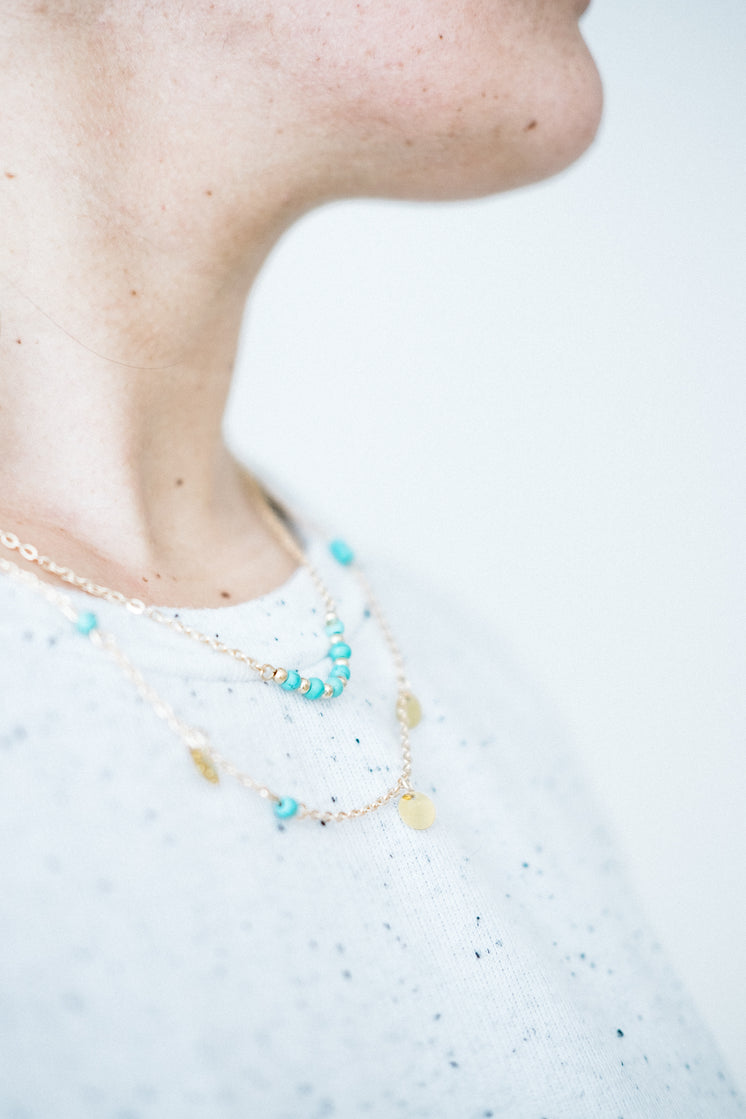Lately, the financial panorama has seen a big shift, with many traders searching for different avenues to safe their wealth. Among these alternatives, the Treasured Metals Particular person Retirement Account (IRA) has gained recognition as a viable option for those searching for to diversify their retirement portfolios. This text delves into what a Precious Metals IRA is, its benefits, potential dangers, and how buyers can navigate this unique investment opportunity.
A Precious Metals IRA is a self-directed Individual Retirement Account that permits traders to carry bodily valuable metals akin to gold, silver, platinum, and palladium as part of their retirement financial savings. Unlike traditional IRAs, which typically consist of stocks, bonds, or mutual funds, a Precious Metals IRA supplies a tangible asset that can function a hedge against inflation and economic uncertainty.

The inner Revenue Service (IRS) has specific laws relating to the kinds of metals that can be included in a Precious Metals IRA. To qualify, the metals must meet certain purity standards. As an example, gold have to be at least 99.5% pure, while silver should be 99.9% pure. This ensures that traders are holding excessive-quality belongings that have intrinsic worth.
One of the primary reasons traders turn to precious metals is their ability to act as a hedge towards inflation. Traditionally, valuable metals have maintained their worth over time, even throughout financial downturns. When fiat currencies lose purchasing power resulting from inflation, precious metals often retain their worth, making them a gorgeous option for preserving wealth.
A effectively-diversified investment portfolio is important for mitigating threat. By including treasured metals in an IRA, traders can cut back their exposure to market volatility. Precious metals often move independently of stocks and bonds, offering a buffer during market fluctuations. This diversification can lead to more stable returns over the long term.
Investing in physical belongings like gold and silver supplies a way of safety that paper belongings can't. In instances of economic crisis, many traders choose to hold tangible property that they can physically possess. Treasured metals could be stored in safe amenities, and unlike digital belongings, they aren't subject to hacking or cyber threats.
Like traditional IRAs, Valuable Metals IRAs supply tax benefits. Contributions to a traditional IRA could also be tax-deductible, and the investments grow tax-deferred until withdrawal. Moreover, if investors select a Roth IRA, they can take pleasure in tax-free withdrawals in retirement, supplied sure conditions are met.
Setting up a Precious Metals IRA includes a number of steps:
Step one is to pick a custodian that specializes in Precious Metals IRAs. The IRS requires that every one IRAs, together with those holding physical property, be managed by a professional custodian. It's essential to decide on a reputable custodian with experience in dealing with precious metals to make sure compliance with IRS regulations.
As soon as a custodian is selected, buyers can fund their Precious Metals IRA by a switch from an existing retirement account or by making a brand new contribution. It’s vital to understand the contribution limits and tax implications of transferring funds from one account to a different.
After funding the account, investors can choose which precious metals to purchase. It’s important to pick out metals that meet IRS purity requirements and to work carefully with the custodian to ensure compliance. Investors have the option to purchase gold bars, coins, silver rounds, and other approved products.
Physical precious metals have to be saved in an accredited depository. The IRS mandates that traders can't take possession of the metals; they should be stored in a safe facility. Custodians sometimes have relationships with reputable depositories, making it easier for investors to arrange safe storage.
Whereas investing in a Precious Metals IRA presents a number of benefits, it's not without dangers. Listed below are some potential downsides to consider:
The prices of treasured metals may be volatile, influenced by various factors reminiscent of global economic circumstances, curiosity rates, and geopolitical occasions. Traders ought to be prepared for fluctuations in the value of their holdings and consider their risk tolerance.
Storing bodily valuable metals comes with associated prices. Buyers should account for storage fees charged by the depository, which might affect overall returns. It’s crucial to issue these prices into the funding technique.
Selling physical precious metals can take effort and time compared to liquidating stocks or bonds. Investors could face challenges when attempting to promote their holdings shortly, particularly throughout market downturns when demand may be lower.

A Precious Metals IRA might be an efficient technique for irasgold buyers trying to diversify their retirement portfolios and protect towards economic uncertainty. With the potential for long-term progress, tax benefits, and the safety of tangible belongings, it's an appealing choice for many. Nevertheless, it is important for traders to conduct thorough research, perceive the dangers involved, and work with skilled professionals to navigate the complexities of this investment car.
Because the financial landscape continues to evolve, the allure of valuable metals as a reliable retailer of worth remains robust. For those considering this funding, a Precious Metals IRA might provide a safe path to achieving financial stability in retirement. Whether or not as a hedge against inflation or a means of diversification, valuable metals can play a major role in a nicely-rounded retirement strategy.
No Data Found!
